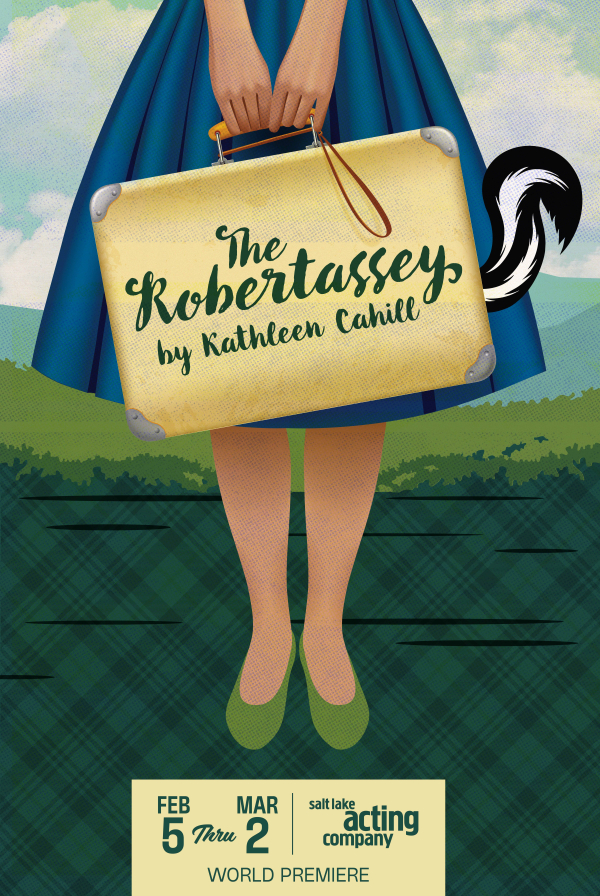Utah Theatre Bloggers Association | Julia Shumway | January 23, 2018
In the wake of her divorce, Sharon Olds wrote poetry to reflect on the dissolution of a 30- year marriage. The resultant book, Stag’s Leap, combs through all that has to be put back into place after a once-organized life is set in disarray. In recognition of her poignant work, Olds was awarded the 2013 Pulitzer Prize for Poetry and was the first American woman to receive the T. S. Eliot Prize for Poetry in 2012.
Nancy Borgenicht conceived and directed Salt Lake Acting Company’s current adaptation of Stag’s Life, which sets the poetry’s moving narrative on stage. The production features Olds’s poems in chronological order, starting with the first excruciating months after the divorce and proceeding through more subdued seasons until the calm that settles years later.
Stag’s Leap is staged in the Chapel Theatre at Salt Lake Acting Company, where the audience is welcomed into an intimate space with the 5-member cast. In turn, cast members Teri Cowan, Meg Gibson, Tamara Howell, Valerie Kittel, and Shannon Musgrave deliver the poems to an audience who are seated around two sides of the stage, close enough that each woman can be heard without microphone. Rather than simply casting one woman as Sharon Olds, Borgenicht’s decision to use five women allows each to bring her own interpretation to the poems, showing how shifting feelings might cascade upon a life in upheaval. This choice changed the production from a reading or recitation into more of a tour of emotions and reflections.
The stage is set with furniture under drop cloths and cardboard boxes stacked as you might see in a house under renovation. The mood of each season is reflected by lighting (designed by William Peterson) and set (designed by Erik Reichert) that change as time passes. Just like each woman remains on stage at all times, so does each prop and set piece, though they might not all be featured at once. In this way, the setting itself feels like a character in the quiet drama: one woman might call the audience’s attention and then allow another to take focus, and a prop that is featured in one poem may later be set to the side, still present, but no longer the subject of immediate emotional significance.
Salt Lake Acting Company’s production of Stag’s Leap brings poetry to life in a way that will touch anyone who has had to find peace in unanticipated circumstances. As a special engagement outside of the theatre’s featured calendar, all proceeds go toward Salt Lake Acting Company’s new play development program.














